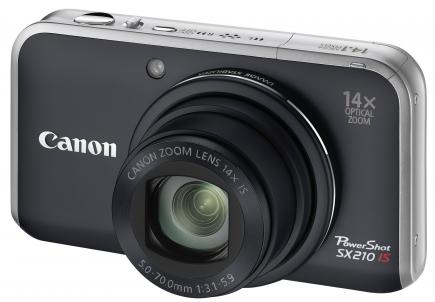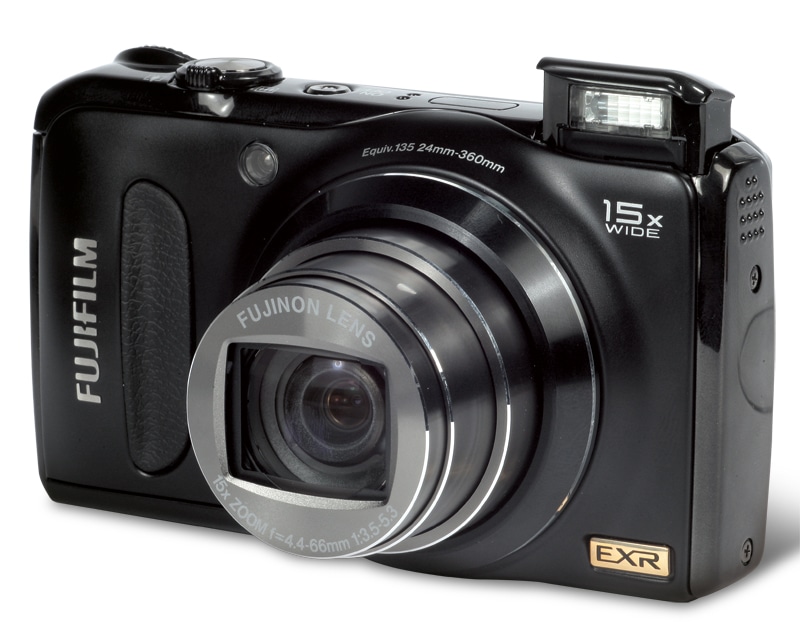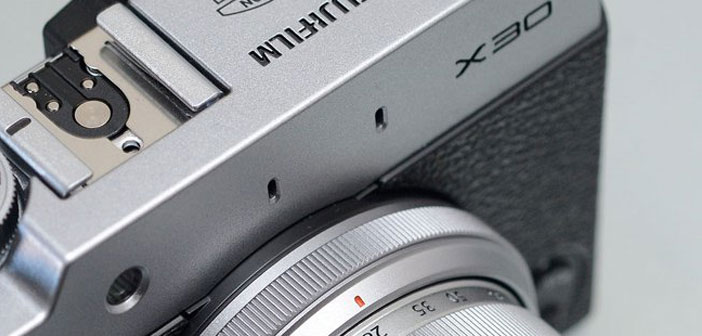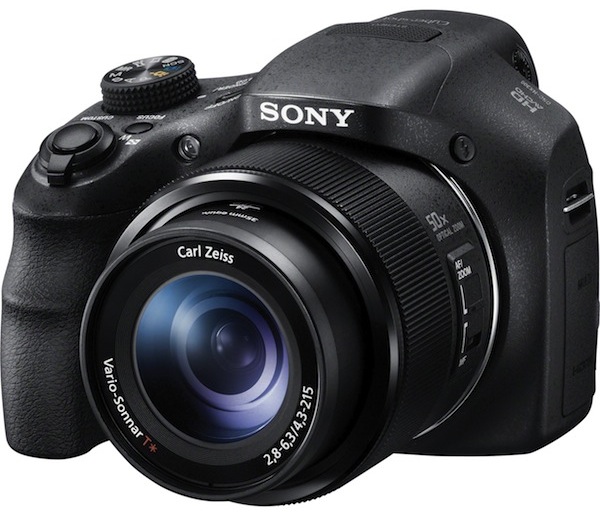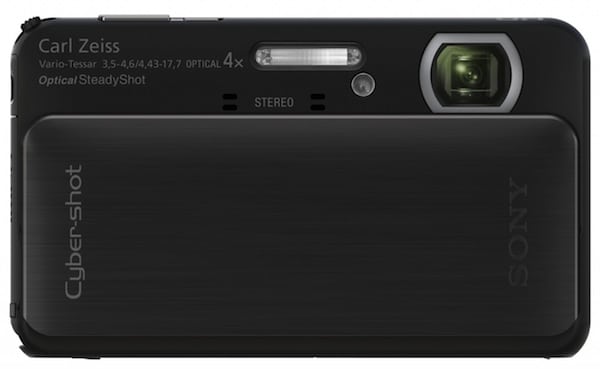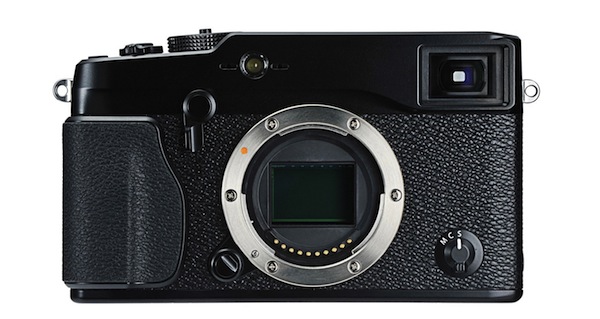Nikon D800: Review
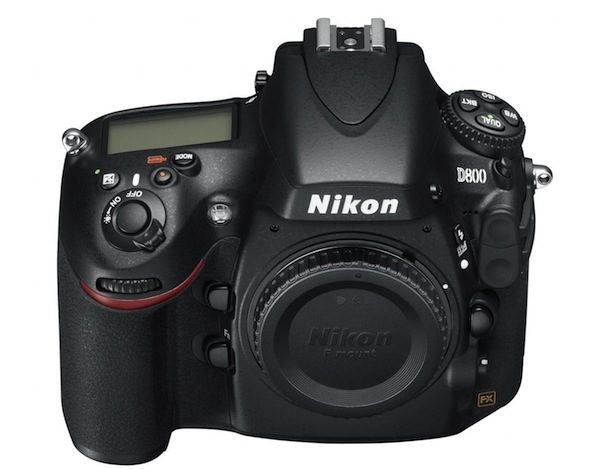
Nikon D800 is the new, long-awaited semi-professional SLR, the Nikon D700 evolution. The new Nikon D800 DSLR has amply repaid the long wait. It came more than three years after the previous D700, the D800 offers a number of more advanced functions, starting with a resolution of 36.3 mega pixels, at the time, outperforms the competition by a wide margin.
The new creature Nikon is close to the number of pixels to digital cameras to high-end medium format. The legacy of the D700 is heavy: it was the first full-frame digital SLR Nikon dedicated to advanced amateurs, by combining a sensor 12.1 mega pixel FX-format and 51-point auto focus system, in a compact body and a lower price of flagship D3. The performance was significant, especially for operational speed and image quality at high ISO in its category.
After three years of life, the D700 started to pay the burden of age, losing a little bit of competitiveness compared to newer tools and equipped with video capabilities, increasingly in demand by photographers of all levels. The wait is over. The Nikon D800 will be on sale in the spring, in anticipation of the new flagship D4 (with which we have had an approach too short of the presentation of the new range of SLR and compact Coolpix, I get stressed during which we carried out our preview test of the Nikon D800).
The D800 and D4 have much in common, except for one burst slower – 4 fps vs 11 fps – and the absence of some features dedicated to professional photographers as the integrated Ethernet port. Share the renovated 51-point AF system, in effect, until at-2EV, the same image processing engine and the approach to recording Full HD video.
Table of Contents
Nikon D800: Design
The Nikon D800 is inspired by the older sister D4 design, with a more rounded shape and a leaner body. The few major changes following the last step towards the evolution of the approach to the Nikon SLR and semi-professional, serving not only to provide easier access and full access to key functions, but also integrate the needs of customers who want to catch even the video.
Materials and finishes for the Nikon D800 is almost perfect, and to guarantee a high degree of insulation from moisture and dust. It is not at the level of products actually climate. The built-in flash does not make it completely sealed.
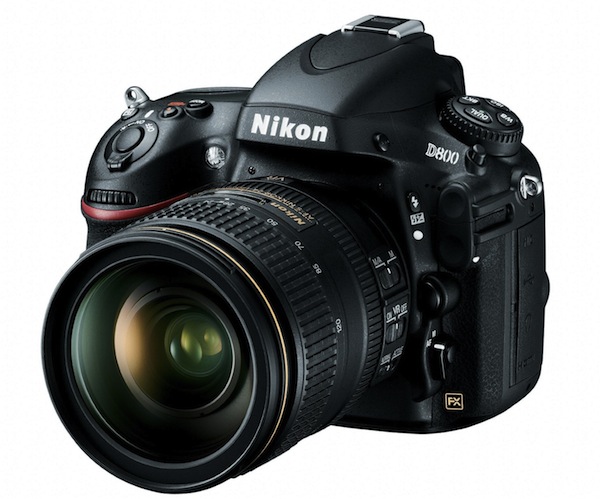
Everything is at your fingertips, and it is much easier to become familiar with the many controls than previous D700, such as the button for video recording. The advanced Live View Control, direct control of the bracketing, a shutter button tilted in a more ergonomic value of 35 ° and, finally, the zoom buttons with the tilted position. By the way, the Nikon D800 provides an extremely solid, such as the D700. With the fixed lens 50 f 1.8 mounted for our test is the feeling of a weight less than the real value, about the excellent weight balance. Obviously, with a telephoto lens and battery grip will feel its weight, if worn round the neck during long days of shooting.
Nikon D800: Features
As anticipated, much of the technology that lies in the base of the Nikon D800 is inherited from the top of the range D4: apart from the sensor and the operating speed in continuous shooting. The two cameras look much more alike than they are different. The heart of the Nikon D800 is the new FX sensor that boasts 36.3 effective mega pixels, with a native ISO sensitivity 100-6,400, expandable to 50, and 25,600 in the two extremes.
The capture DX format APS-C is not new, but with an output of 15.4 Mp and a relatively low density of pixels per inch, encourages you to use this option in order to gain something in terms of operating speed, from 4 to 6 FPS while maintaining a very high image quality.
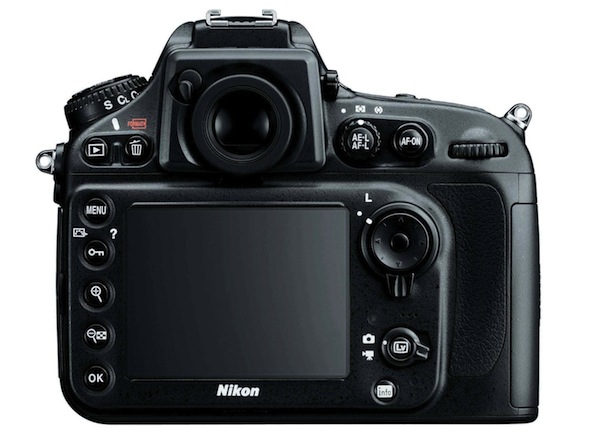
We already knew the performance from the Nikon auto focus system, but now its evolution makes it even more exciting to use the Nikon D800. Not only is the operating speed and the precision can reach impressive results in low-light conditions as we encountered during our test. The form has been redesigned to improve performance with little light and lens combinations with telephoto lenses and teleconverters that generate more actual opening closed.
It is a pleasure to play with the six ways AF: single point, 9 or 21 or 51 points, 51 points with 3D-tracking and Auto Area. As before, with lenses faster than f: 5.6, 15 of its 51 points act as a cross system. The nine-point center focus continue to be a cross-type when using lenses with a maximum aperture of between f 5.6 and f 8.
During our test, we also verified the functionality of the system Auto ISO. Previously, Nikon has offered a degree of control over the settings of the automatic sensitivity, allowing the user to specify a minimum shutter speed to maintain when you raise the ISO. Many users prefer a minimum speed shutter which refers to the focal length in use rather than specifying an absolute value.
The problem was solved as a system that detects the Auto ISO renewed focal length from the lens. Once enabled, you can modify at will the program using shutter speeds slower and lower sensitivity, or vice versa, at five levels. What we liked most is that the system must be set to Auto ISO outside the main menu, by pressing the ISO button on the top side in the camera body.
Conclusion
Our impressions on the new Nikon D800 are very positive. The changes that Nikon has made make it a major improvement over the previous D700. What is appreciated is the feeling of holding a product of the top for quality of the captured images, both for details and for color fidelity, but especially for the very high signal / noise ratio, for years workhorse of Nikon.
In practice, the Nikon D800 integrates the most advanced specifications in the range of semi-professional SLR – or for advanced amateurs – including a welcome video capability, finally lived up to expectations. The D800 then succeeded in capturing the attention of even outdoor photographers and those who prefer to shoot in the studio and that the resolution to the pure operating speed.
Where to Buy Nikon D800


Features
Performance
Value of Money
PROS : Very high resolution, Light body, Quality / Price Ratio.
CONS: N/AProduct prices and availability are subject to change. Any price and availablility information displayed on Amazon at the time of purchase will apply to the purchase of any products.

